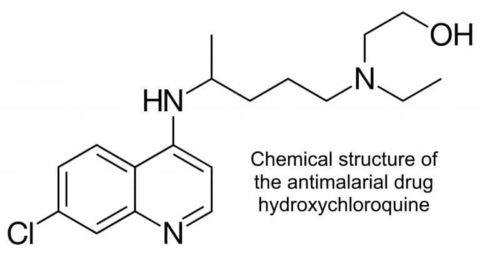Fundamentally, we are still riding (just) the first wave of the global Covid-19 pandemic. If there are sudden spikes now, that’s still part of the first wave. Nothing has changed for the virus except that some people have been avoiding contact with other people, so the rates of infection in some places have slowed giving health services a bit of space to mop up and treated those seriously ill with the virus. But, at the time of writing half a million people, at least, have died from Covid-19.
I don’t really know how I feel about this coming out of lockdown, to be honest. I suspect that having asthma and being in my 50s might make me more susceptible to being badly symptomatic with the coronavirus. Colds lay me out sometimes for weeks. But, there are far worse off people.
The infection rate is very low in our neighbourhood, and indeed in our county as a whole, 51 in a million people infected as opposed to well over 140 in a million in Leicester, where a local lockdown has been implemented to try and reduce this number before it ravages the population there.
I run a website and social media for a local pub. They’ve announced that rather than open on the 4th July when they have permission to start serving again, they will open on Monday the 6th to allow them to ease into the week. It will be incredibly busy, people will feel unleashed and gasping for a pint. But, to my mind, it only takes one infected person to cough in your face to almost guarantee that you’ll inhale virus…and so I’ll be giving the pub I love a miss, at least for the foreseeable future.
I’ve hated lockdown, hated the lack of social life, hated the fact that it’s effectively dragging us down into a serious recession. I’ve tried to jolly along with lots of silly creative ideas such as my PondWatch series, spoof/satirical phonecall videos, Rock-around-the-Wok cooking with music, writing and recording some of my own songs, and creating a VE Day 75 video with various local singers and performers (all done remotely). Getting back together with C5 The Band for a socially distanced rehearsal last week and a trip to the coast with Mrs Sciencebase were much needed tonics as were sitting at a distance drinking at and chatting with some friends in their garden. My mood is nowhere near as swing low as it was two weeks ago, thankfully. I also got hold of a Canon 7D mk ii, which has made bird photography a joy once again with a much faster focusing capacity and the virtual upgrade in zoom lens from 600mm to 900mm by virtue of moving from the 6D full-frame to 2/3 of the 7D.
There was talk this morning of a secondary type vaccine that won’t stop you becoming infected but may well keep you asymptomatic. A normal vaccine would aim to block infection, but this might not be possible for coronaviruses. If that’s developed sooner than later we could all get back to something like a new-normal situation far quicker than we otherwise might, but it’s possible it won’t be ready until next year. We’ve got the coming flu season to get through before then too! There are a couple of drugs that seem to be working for seriously ill patients, which is a good thing, but I’d rather not have to be in such a state that I’d need either, thank you very much.
So…the long and short of it: Will I be going to the pub next Monday? No!

